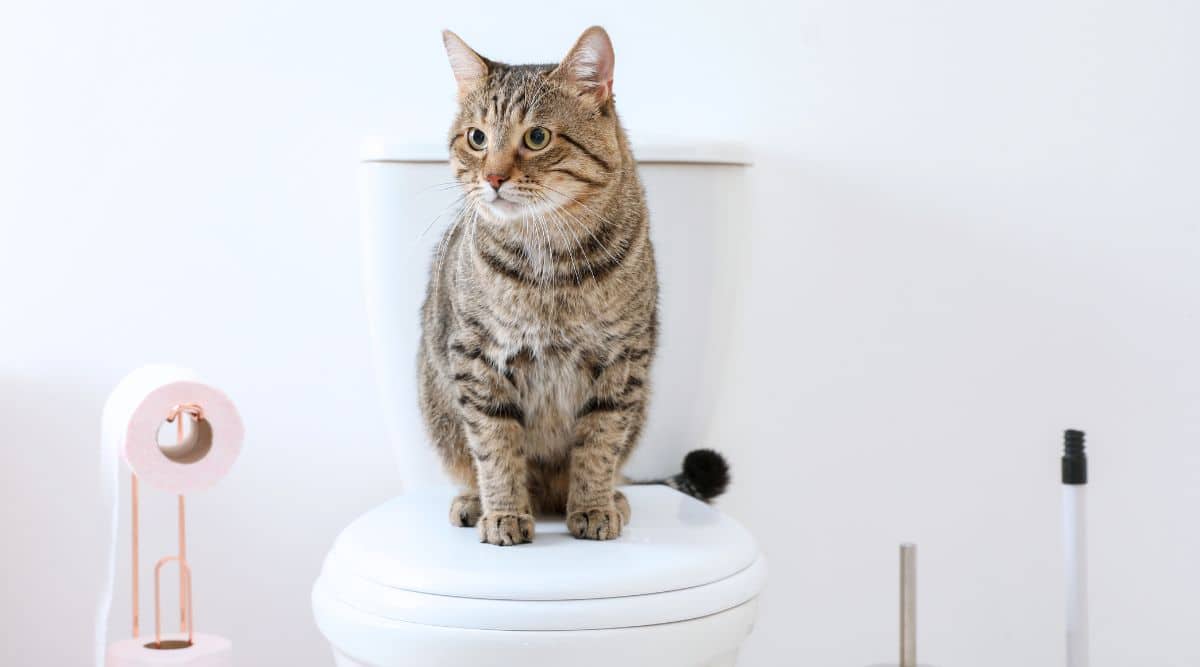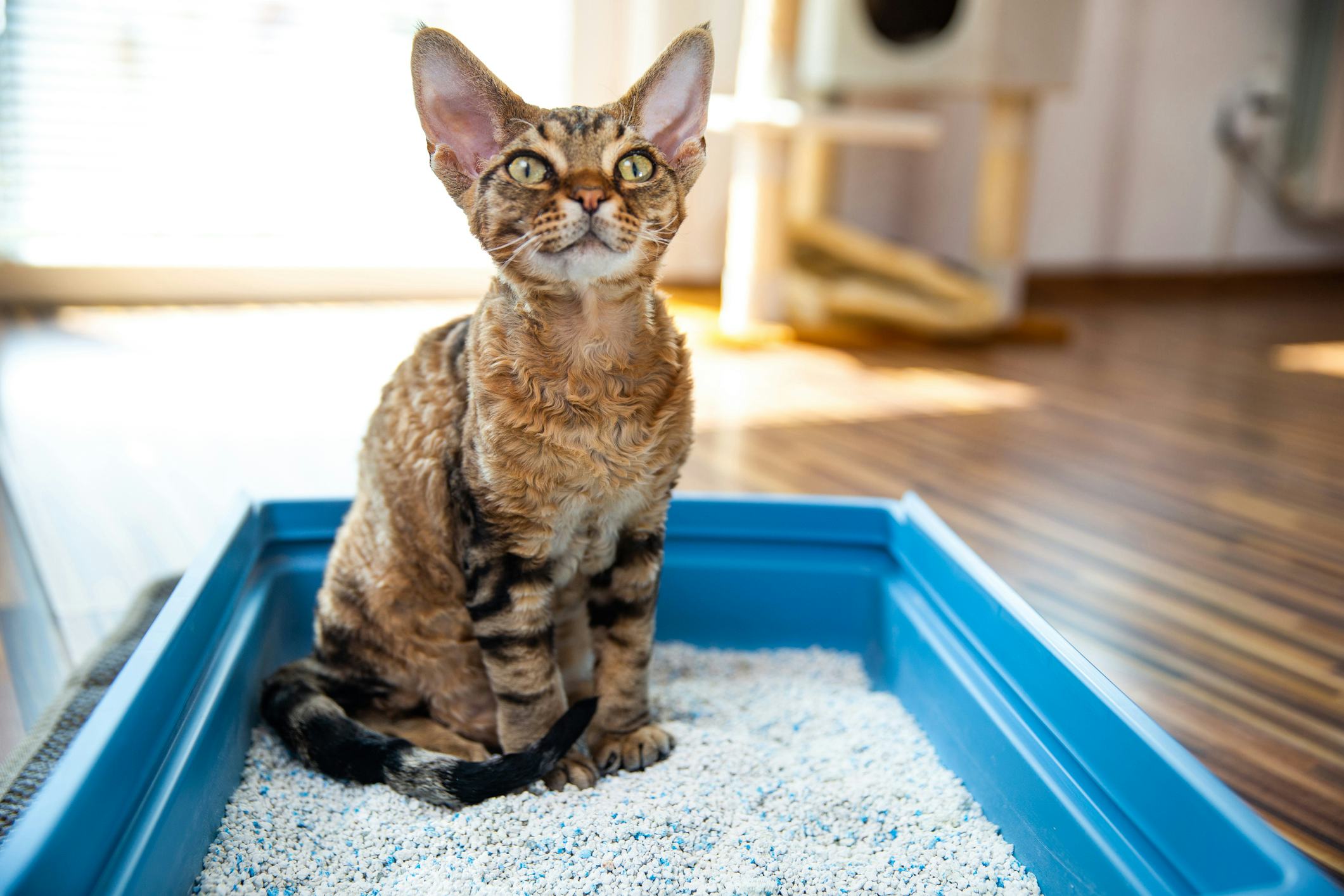Reasons Flushing Cat Poop Down Your Toilet May Cause Problems - Recommendations for Proper Handling
Reasons Flushing Cat Poop Down Your Toilet May Cause Problems - Recommendations for Proper Handling
Blog Article
Almost everyone has their own unique idea involving Can You Flush Cat Poo or Litter Down the Toilet?.

Introduction
As pet cat proprietors, it's vital to be mindful of just how we take care of our feline close friends' waste. While it might appear hassle-free to purge feline poop down the toilet, this technique can have detrimental repercussions for both the setting and human health.
Ecological Impact
Flushing cat poop presents unsafe microorganisms and parasites into the water system, presenting a considerable threat to water communities. These impurities can adversely influence aquatic life and concession water top quality.
Health and wellness Risks
In addition to ecological issues, purging feline waste can likewise present health and wellness risks to people. Feline feces may consist of Toxoplasma gondii, a parasite that can create toxoplasmosis-- a possibly extreme illness, especially for expecting women and individuals with weakened immune systems.
Alternatives to Flushing
Fortunately, there are much safer and extra liable methods to dispose of feline poop. Take into consideration the complying with choices:
1. Scoop and Dispose in Trash
The most typical technique of throwing away pet cat poop is to scoop it right into a biodegradable bag and throw it in the garbage. Make sure to use a dedicated trash inside story and dispose of the waste immediately.
2. Usage Biodegradable Litter
Opt for eco-friendly feline litter made from products such as corn or wheat. These trashes are environmentally friendly and can be securely gotten rid of in the garbage.
3. Hide in the Yard
If you have a lawn, take into consideration burying cat waste in a designated location far from vegetable gardens and water resources. Make sure to dig deep enough to prevent contamination of groundwater.
4. Set Up a Pet Waste Disposal System
Buy an animal garbage disposal system particularly made for cat waste. These systems make use of enzymes to break down the waste, decreasing smell and environmental effect.
Final thought
Responsible pet possession expands beyond supplying food and sanctuary-- it likewise entails proper waste management. By avoiding flushing pet cat poop down the commode and going with alternative disposal techniques, we can reduce our environmental impact and protect human health and wellness.
Why Can’t I Flush Cat Poop?
It Spreads a Parasite
Cats are frequently infected with a parasite called toxoplasma gondii. The parasite causes an infection called toxoplasmosis. It is usually harmless to cats. The parasite only uses cat poop as a host for its eggs. Otherwise, the cat’s immune system usually keeps the infection at low enough levels to maintain its own health. But it does not stop the develop of eggs. These eggs are tiny and surprisingly tough. They may survive for a year before they begin to grow. But that’s the problem.
Our wastewater system is not designed to deal with toxoplasmosis eggs. Instead, most eggs will flush from your toilet into sewers and wastewater management plants. After the sewage is treated for many other harmful things in it, it is typically released into local rivers, lakes, or oceans. Here, the toxoplasmosis eggs can find new hosts, including starfish, crabs, otters, and many other wildlife. For many, this is a significant risk to their health. Toxoplasmosis can also end up infecting water sources that are important for agriculture, which means our deer, pigs, and sheep can get infected too.
Is There Risk to Humans?
There can be a risk to human life from flushing cat poop down the toilet. If you do so, the parasites from your cat’s poop can end up in shellfish, game animals, or livestock. If this meat is then served raw or undercooked, the people who eat it can get sick.
In fact, according to the CDC, 40 million people in the United States are infected with toxoplasma gondii. They get it from exposure to infected seafood, or from some kind of cat poop contamination, like drinking from a stream that is contaminated or touching anything that has come into contact with cat poop. That includes just cleaning a cat litter box.
Most people who get infected with these parasites will not develop any symptoms. However, for pregnant women or for those with compromised immune systems, the parasite can cause severe health problems.
How to Handle Cat Poop
The best way to handle cat poop is actually to clean the box more often. The eggs that the parasite sheds will not become active until one to five days after the cat poops. That means that if you clean daily, you’re much less likely to come into direct contact with infectious eggs.
That said, always dispose of cat poop in the garbage and not down the toilet. Wash your hands before and after you clean the litter box, and bring the bag of poop right outside to your garbage bins.
https://trenchlesssolutionsusa.com/why-cant-i-flush-cat-poop/

As a person who reads on Can You Flush Cat Poop Down The Toilet?, I was thinking sharing that piece was a good idea. Do you know about another individual who is curious about the subject? Take a moment to promote it. I praise you for your time. Kindly come visit our site back soon.
This Resource Report this page